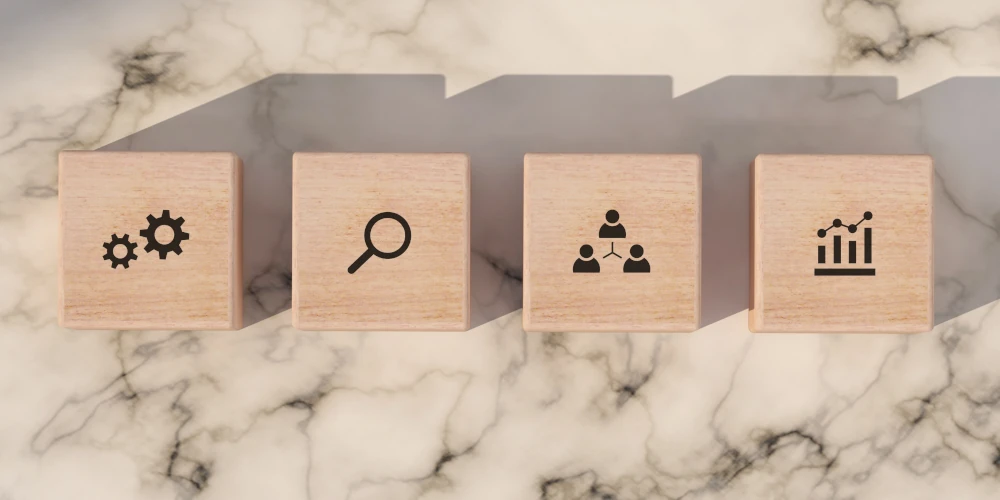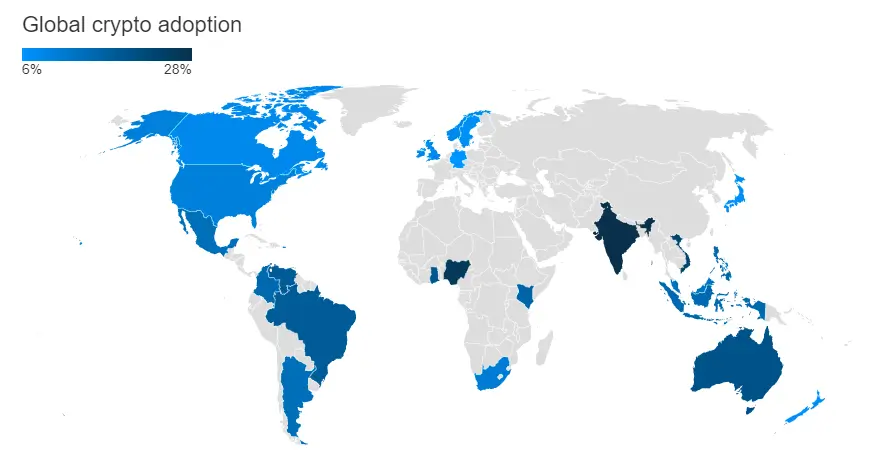Introduction
We’re seeing big changes in the world of digital money. The future of cryptocurrency is moving beyond just buying and selling for profit. It’s becoming a part of our everyday lives, changing how we think about and use money. This shift is exciting and important for all of us to understand.
In this article, I’ll explore how cryptocurrencies are being used in the real world. I’ll look at how blockchain technology is changing more than just finance.
I’ll also talk about the challenges that stand in the way of more people using cryptocurrencies. By the end, you’ll have a clear picture of where digital money is headed and how it might affect you.
Please read it, comment it and share it!
Real-World Uses of Cryptocurrencies

Everyday Payments
We’re seeing cryptocurrencies become a part of our daily lives. More and more businesses are accepting digital money for everyday purchases. From buying a cup of coffee to shopping for clothes, crypto is becoming a real option.
Big names like Subway and KFC Canada have started taking crypto payments. This means you can grab a sandwich or some fried chicken using digital coins. It’s not just food, either. You can use crypto to buy airline tickets, book travel, and even get luxury cars.
What’s cool is that crypto lets us pay for things 24/7, without any limits. It’s like having cash that works all the time, everywhere. Because there’s no middleman, the fees are often lower than what banks charge.
Cross-Border Transactions
One of the biggest ways crypto is changing things is with international money transfers. Sending money across borders used to be slow and expensive.
But with cryptocurrencies, it’s getting faster and cheaper.
Imagine you’re working abroad and want to send money home. With crypto, you can do it in minutes, not days. You’ll pay way less in fees. This is a big deal for people who regularly send money to family in other countries.
Businesses are catching on, too. A report from 2022 says that more than 37% of companies are using blockchain and cryptocurrencies like stablecoins for cross-border deals. By 2024, these kinds of payments could be worth over USD 4.40 trillion!
Microtransactions
Cryptocurrencies are also making tiny payments possible.
We’re talking about payments that are less than a dollar, sometimes even less than a cent. This opens up a whole new world of possibilities.
For example, you could pay a small amount to read just one article from a magazine, instead of buying the whole thing.
Or you could tip a content creator you like with just a few cents. These small payments weren’t practical before because the fees would be too high. But with crypto, it’s doable.
This could change how we pay for online content, use apps, or even how machines talk to each other in the future of cryptocurrency. Imagine your car automatically paying tiny amounts for parking or your smart home devices paying for electricity as they use it.
As blockchain technology advances and cryptocurrency adoption grows, these real-world uses are likely to become more common.
The future of cryptocurrency is about more than just investing – it’s about changing how we use money in our everyday lives!
Blockchain Applications Beyond Finance

Blockchain technology is making waves beyond the world of finance. Its unique features are changing how we handle important tasks in different areas.
Let’s look at some exciting ways blockchain is being used outside of money matters.
Supply Chain Management
We’re seeing blockchain shake up how companies track their products. It’s helping to make supply chains more open and easy to follow. With blockchain, we can see where things come from and where they go, all the way from the start to when they reach us.
For example, in the food industry, blockchain is making it easier to trace where our food comes from. This helps keep our food safe and lets us know exactly what we’re eating. If there’s a problem with a product, companies can find it fast and fix it. This means fewer people get sick from bad food, and it costs less to deal with these issues.
Blockchain also helps stop fake products. It’s harder for people to sell fake goods because everything is recorded and can’t be changed. This is good news for both companies and customers.
Digital Identity
Blockchain is changing how we prove who we are online. It’s creating a new way to manage our digital identity that’s safer and more under our control.
With blockchain, we can have a digital ID that we own. We can choose what information to share and with whom. This makes it harder for bad people to steal our personal info or use it without us knowing.
This new way of handling identity could make life easier in many ways. We could use it to vote, get healthcare, or even travel. Imagine going through the airport without needing to show your passport!
Voting Systems
Blockchain could make voting more secure and easy to do. It might let us vote from our phones or computers while keeping our votes secret and safe.
With blockchain voting, we could see results faster and be sure they’re correct. It could also make it easier for people who live far away or can’t get to a voting place to have their say.
Some places are already trying out blockchain for voting. While it’s not perfect yet, it shows promise for making elections more open and trustworthy in the future.
Overcoming Adoption Hurdles

User-Friendly Interfaces
To make cryptocurrency more accessible, we need to focus on creating easy-to-use interfaces. Right now, many crypto apps are confusing for beginners. We’re working on making them simpler and more intuitive. This means designing apps that look and feel familiar, like the ones people use every day.
By doing this, we hope to make it easier for everyone to get started with digital money.
Regulatory Clarity
One big challenge in the future of cryptocurrency is getting clear rules from governments. We need to know what’s allowed and what’s not. This helps protect users and gives businesses confidence to invest in blockchain technology.
Many countries are starting to create laws for crypto, but there’s still a lot of work to do. As these rules become clearer, more people will feel safe using digital currencies.
Energy Efficiency
Another hurdle we’re tackling is the high energy use of some cryptocurrencies.
Bitcoin, for example, uses a lot of electricity. This has made some people worried about its impact on the environment. But we’re finding solutions. Some newer cryptocurrencies use much less energy.
For instance, Ethereum recently changed its system and now uses 99.95% less electricity. We’re also looking at using more renewable energy for crypto mining. These steps are important for making cryptocurrency more sustainable and acceptable to a wider audience.
By addressing these challenges, we’re paving the way for broader cryptocurrency adoption. We’re making the technology easier to use, safer with clear rules, and more environmentally friendly. These improvements are crucial for the future of cryptocurrency and blockchain technology.
Conclusion
Cryptocurrencies and blockchain technology are changing how we think about and use money. They’re making everyday payments easier, helping people send money across borders quickly and cheaply, and even allowing for tiny payments that weren’t possible before. This shift is not just about buying and selling digital coins for profit anymore. It’s about making our financial lives simpler and more open to everyone.
As we move forward, there are still some bumps in the road to iron out. We need to make crypto apps easier to use, get clearer rules from governments, and find ways to use less energy. But as we tackle these challenges, we’re getting closer to a future where digital money is a normal part of our lives. This change could make a big difference in how we pay for things, save money, and even prove who we are online.

Leave a Reply
You must be logged in to post a comment.